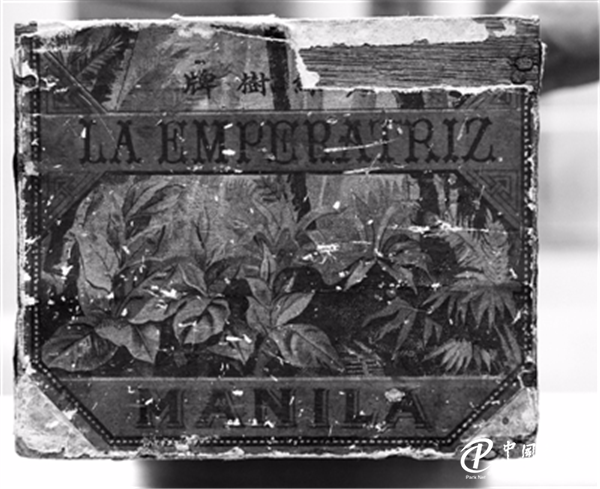[Chinese Packaging Network News] A small wooden box, such as soft grass settled in the river bottom of the years, until one day it was taken up by its owner. The above information was so rich ... Recently, the family Mr. Chen of Cang Shui Street said that he had a cigar box over a hundred years ago. If some of the information on the box is useful for studying Ningbo's foreign trade history, he is willing to donate it to the relevant units.
Mr. Chen, 77 years old, made a special trip to the newspaper with the small wooden box. The wooden box is about 20 cm long, about 10 cm wide, and about 8 cm deep. The lid is missing. Mr. Chen said that this humble old wooden box has been placed in the drawers of his home with small objects such as buttons and coins. But not long ago, he inadvertently saw the above line: Guangxu picks up the next year (1907), the month, 110 years ago! He carefully examined this box.

In the sun, you can see that there are some text or pattern information on the five sides of the box. One side is a colored pattern with uppercase English letters, which means "Queen" and "Manila." Another side is written in Traditional Chinese. The content is "Lvshunyan, the old green tree brand. This brand is exported to China and has a history of more than 40 years. The raw materials have been selected for excellence... Beware of counterfeiting." There is also a stamp tax stamp on the box, indicating that 200 Luzon cigarettes have been used in the box.
Mr. Chen said Luzon Tobacco in the Philippines was once a popular cigar on the beach and was best known for its production in Luzon. Mr. Chen’s father had opened a business shop near the old Bund Catholic Church. His hometown was originally near the steamer's dock. Later he was relocated and moved to Cangshui Street. He could not tell the specific origin of the box. He believes that although the economic value of the box is not high, this box is the real thing witnessing the trade between Ningbo and the Philippines in the late Qing dynasty. The stamp duty above is a sign of import taxation. The color patterns that remain are vivid and bright. These contain a certain history. information. If there are relevant units that think it is valuable, he is willing to give it away.
